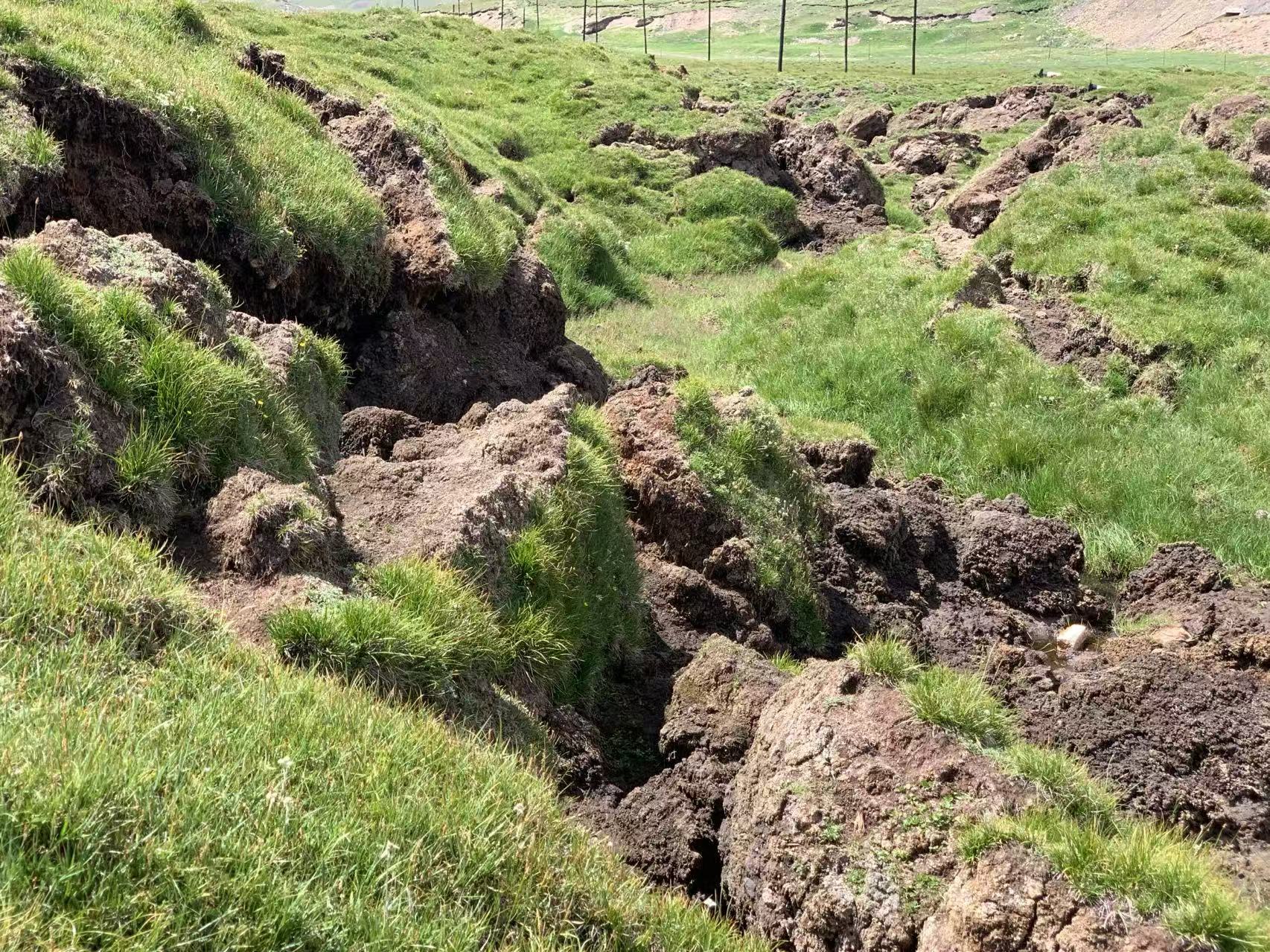
A new study published in Geophysical Research Letters highlights the role of “equilibrium climate sensitivity” (ECS), a metric estimating how much global surface temperature increases with rising carbon dioxide levels.
Climate models are critical for anticipating future changes caused by greenhouse gas emissions, helping guide policy decisions on climate mitigation. However, some of the latest climate models—particularly a set from the newest generation—have been deemed “too hot,” meaning they predict warming in excess of realistic estimates.
Around 40% of the models used in the most recent global climate assessments predict ECS values above the likely range of 2.5°C to 4°C. These inflated values contribute to exaggerated regional warming forecasts for areas like High Mountain Asia (HMA), which in turn could distort permafrost loss predictions.
Permafrost, or soil that remains at or below freezing for at least two consecutive years, is a significant global carbon store. When it thaws, stored carbon is released into the atmosphere as greenhouse gases, amplifying climate warming. This process, especially pronounced in colder ecosystems like HMA, threatens to intensify global warming further.

Permafrost thaw slump in the Qinghai-Tibetan Plateau (Image by JIANG Jie)
To overcome the bias in existing studies, a research team at the Institute of Atmospheric Physics (IAP) of the Chinese Academy of Sciences used a statistical approach to adjust the warming magnitude associated with ECS according to the best estimate of ECS value (about 3°C, according to the 6th Assessment Report of the Inter-governmental Panel on Climate Change).
With these adjustments, they calculated future warming projections and related permafrost loss under different emissions scenarios. Their findings suggest that under constrained projections, permafrost loss estimates for HMA in the coming decades are significantly lower than previously thought.
HMA, home to over 70% of the world’s low-latitude mountain permafrost, faces ongoing warming. Scientists have debated whether HMA will become a net source of carbon emissions in the future, making precise permafrost loss estimates increasingly important.
Using these improved projections, the researchers found that by 2081-2100, the HMA permafrost area could shrink by 37% to 64% under mid- and low-emission scenarios, a decrease from earlier projections that overestimated by as much as 10%. Under the highest emissions scenario, however, the impact of warming remains severe, with HMA nearly devoid of permafrost by the end of the century.
Global efforts are underway to curb warming to 1.5°C or 2°C by 2100, and recent emissions policies have made the likelihood of high-emission scenarios much lower. “Our study shows that more realistic temperature projections lead to more accurate permafrost predictions, not only for High Mountain Asia but for other vulnerable permafrost areas as well,” said Dr. JIANG Jie, the study's lead author.
The findings underline the importance of using realistic global warming levels in climate projections, particularly for permafrost thaw and related carbon emissions. Conditioning these projections based on the best estimate of climate sensitivity could improve the accuracy of climate impact predictions globally.

86-10-68597521 (day)
86-10-68597289 (night)

52 Sanlihe Rd., Xicheng District,
Beijing, China (100864)

